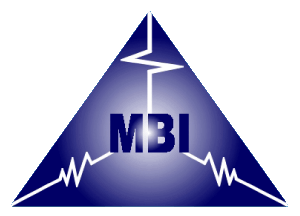Institut für Physik - Humboldt-Universität zu Berlin and Max-Born-Institut
B-spline modal method: A polynomial approach compared to the Fourier modal method
Michael Walz, Thomas Zebrowski, Jens Küchenmeister, and Kurt Busch (2013)
Optics Express 21:14683
Summary (expand/hide)
A detailed analysis of the B-spline Modal Method (BMM) for one- and two-dimensional diffraction gratings and a comparison to the Fourier Modal Method (FMM) is presented. Owing to its intrinsic capability to accurately resolve discontinuities, BMM avoids the notorious problems of FMM that are associated with the Gibbs phenomenon. As a result, BMM facilitates significantly more efficient eigenmode computations. With regard to BMM-based transmission and reflection computations, it is demonstrated that a novel Galerkin approach (in conjunction with a scattering-matrix algorithm) allows for an improved field matching between different layers. This approach is superior relative to the traditional point-wise field matching. Moreover, only this novel Galerkin approach allows for an competitive extension of BMM to the case of two-dimensional diffraction gratings. These improvements will be very useful for high-accuracy grating computations in general and for the analysis of associated electromagnetic field profiles in particular.
Default Region Image



